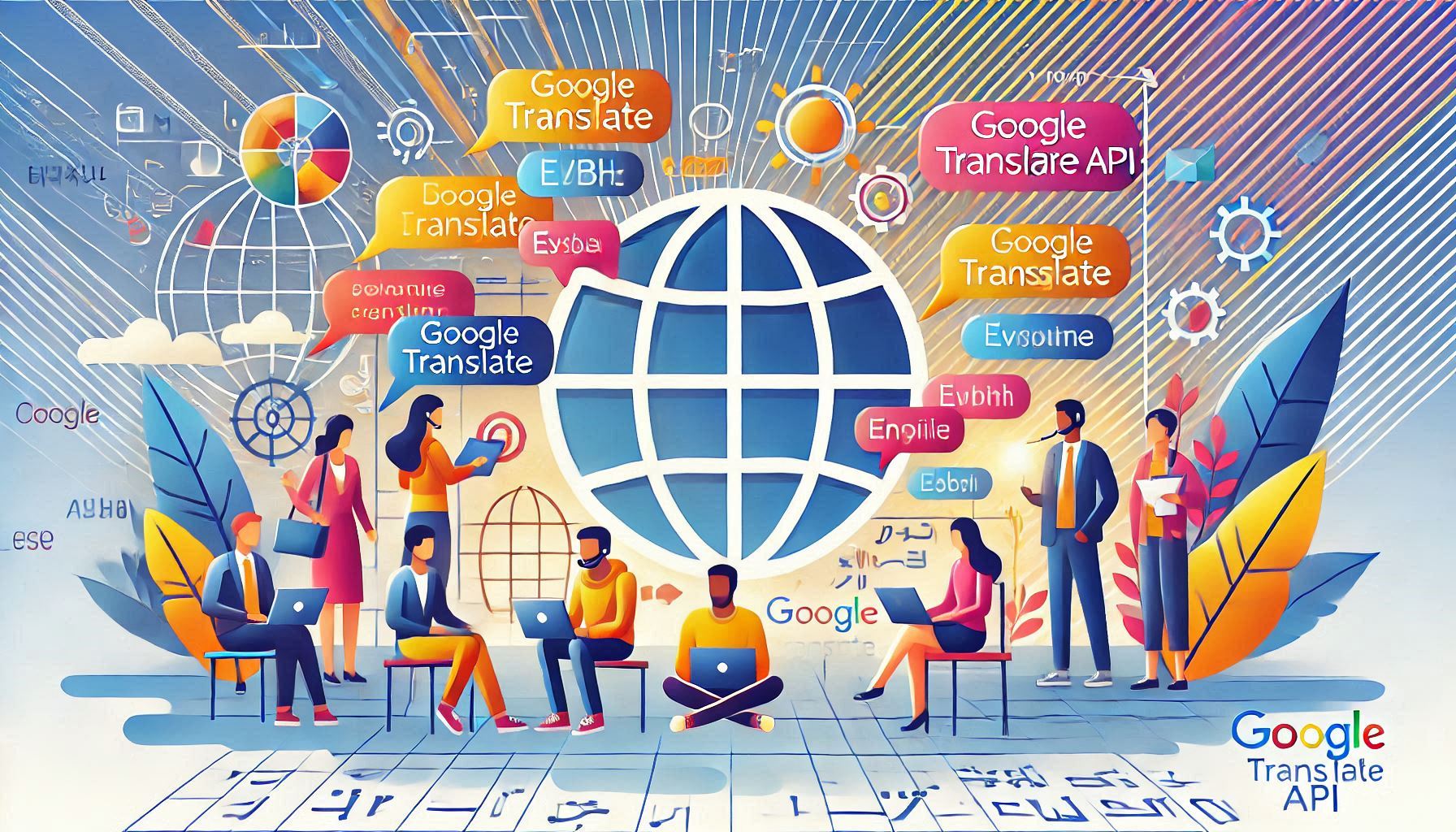
As businesses continue to expand globally, accessibility has become a critical focus, especially when catering to audiences that speak different languages. Whether your platform is a website, mobile app, or digital service, providing seamless access for multilingual users is essential for success. One powerful tool to help businesses meet this need is the Google Translate API.
The Google Translate API provides dynamic, real-time translations for text, enabling businesses to break down language barriers and create a more inclusive environment for their users. This guide will explore how integrating the Google Translate API into your platform can boost accessibility and help you engage with diverse audiences in their native languages.
One of the most significant features of the Google Translate API is its ability to automatically detect the language of a user's input and instantly translate it into a target language. This means users don’t have to manually select a language from a list, which streamlines the process and offers a smoother, more intuitive experience.
This feature ensures users don’t face any barriers in understanding your content, regardless of their language proficiency.
Whether you are providing content on your website, app, or digital product, offering translations of your content in multiple languages helps ensure it’s accessible to a wider audience. The Google Translate API supports a vast array of languages, including commonly spoken ones like English, Spanish, and Chinese, as well as less commonly spoken languages, making it a versatile tool for global accessibility.
Making your content available in multiple languages empowers users from different regions to engage without language barriers, leading to increased participation and satisfaction.
Providing customer support in multiple languages is essential for offering great service. The Google Translate API can help businesses deliver support to global users without the need for hiring multilingual agents or relying on third-party translation services. By integrating the API into customer support chatbots, live chat systems, or email support systems, businesses can ensure quick and effective communication.
This feature can be particularly valuable for businesses with global operations, as it makes customer support accessible in every region.
Providing a multilingual interface is an effective way to make your platform more accessible to users from different backgrounds. By integrating the Google Translate API, businesses can automatically translate user interface elements, such as buttons, labels, and menus, into the user's preferred language.
This level of accessibility ensures that users from different regions feel more comfortable using your platform, which can lead to increased retention and satisfaction.
Marketing campaigns that target multilingual audiences can be more effective when the content is tailored to each region’s language. The Google Translate API makes it easy to translate marketing materials in real time, ensuring that your campaigns resonate with users in different countries and languages.
By offering targeted and translated marketing materials, businesses can improve their reach and engagement with a global audience.
For businesses seeking to improve their products, services, or platforms, user feedback is invaluable. The Google Translate API allows businesses to translate feedback from users in various languages into the business’s preferred language for analysis and action.
Providing users with the ability to submit feedback in their own language encourages participation, ensuring that feedback is not lost due to language differences.
In regulated industries, ensuring that legal information, terms and conditions, privacy policies, and other important content are accessible in multiple languages is crucial for compliance. The Google Translate API can help businesses provide translations of legal content, ensuring they meet local legal requirements and provide clear, comprehensible information to users in different regions.
Offering legal documents in users’ native languages improves accessibility and ensures businesses comply with international standards.
The Google Translate API is an invaluable tool for businesses seeking to boost accessibility and engage with a multilingual audience. By enabling real-time translations of content, customer support, and interfaces, the API helps break down language barriers, making it easier for users to navigate and interact with your platform.
With the Google Translate API, businesses can create a more inclusive experience, enhance user satisfaction, and ultimately expand their reach in global markets. By offering translations in multiple languages, companies can ensure that all users feel welcome and understood, regardless of where they come from or what language they speak.
Investing in accessibility is not just about compliance – it’s about building a connection with your global audience, and the Google Translate API helps make that connection possible.
Hi there!
Let's help you find right APIs!